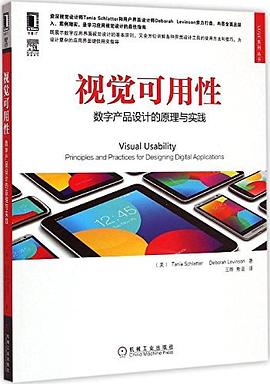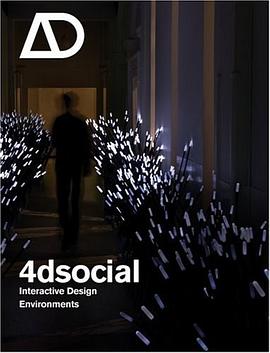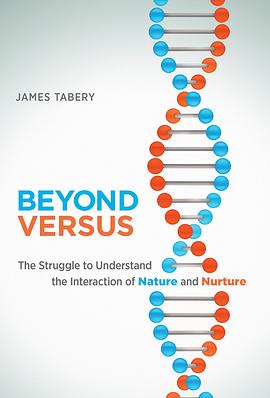

The Deliberative and Intuitive Mind
Making Sense of the Mind
Most of the Time, We’re Not Actually “Choosing” What to Do Next
Even When We “Choose,” Our Minds Save Work
The Obvious, Simple Stuff Is Really Important
A Map of the Decision-Making Process
On a Napkin
Chapter 2 Why We Take Certain Actions and Not Others
A Simple Model of When, and Why, We Act
The Create Action Funnel
On a Napkin
Chapter 3 Strategies for Behavior Change
A Decision or a Reaction: Three Strategies to Change Behavior
Strategy 1: Cheat!
Strategy 2: Make or Change Habits
Strategy 3: Support the Conscious Action
A Recap of the Three Strategies
On a Napkin
Discovering the Right Outcome, Action, and Actor
Chapter 4 Figuring Out What You Want to Accomplish
Start with the Product Vision
Nail Down the Target Outcome
Identify Additional Constraints
Generate a List of Possible Actions for Users to Take
On a Napkin
Chapter 5 Selecting the Right Target Action
Research Your Target Users
Select the Ideal Target Action
Define Success and Failure
How to Handle Very Diverse Populations
On a Napkin
Developing the Conceptual Design
Chapter 6 Structuring the Action
Start the Behavioral Plan
Tailor It
Simplify It
Make It “Easy”
On a Napkin
Chapter 7 Constructing the Environment
Tactics You Can Use
Increase Motivation
Cue the User to Act
Generate a Feedback Loop
Knock Out the Competition
Remove or Avoid Obstacles
Update the Behavioral Plan
On A Napkin
Chapter 8 Preparing the User
Tactics You Can Use
Narrate the Past to Support Future Action
Associate with the Positive and the Familiar
Educate Your Users
How Training Your Users Fits In
Update the Behavioral Plan
How Behavior Change Techniques Relate to the Thought the Behavior Requires
On a Napkin
Designing the Interface and Implementing It
Chapter 9 Moving from Conceptual Designs to Interface Designs
Take Stock
Extract the Stories or Specs
Provide Structure for Magic to Occur
On a Napkin
Chapter 10 Reviewing and Fleshing Out the Interface Designs
Look for Big Gaps
Look for Tactical Opportunities
On a Napkin
Chapter 11 Turning the Designs into Code
Put the Interface Design in Front of Users
Build the Product
Go Lean If Possible
On a Napkin
Refining the Product
Chapter 12 Measuring Impact
Why Measure Impact?
Where to Start: Outcomes and Metrics
How to Measure Those Metrics
Determining Impact: Running Experiments
Determining Impact: Unique Actions and Outcomes
Other Ways to Determine Impact
What Happens If the Outcome Isn’t Measurable Within the Product?
On a Napkin
Chapter 13 Identifying Obstacles to Behavior Change
Watch Real People Using the Product
Check Your Data
Figure Out How to Fix the Obstacles
On a Napkin
Chapter 14 Learning and Refining the Product
Determine What Changes to Implement
Measure the Impact of Each Major Change
When Is It “Good Enough”?
How to (Re-)Design for Behavior Change with an Existing Product
On a Napkin
Putting It into Practice
Chapter 15 Common Questions and a Start-to-Finish Example
An Example of the Approach
Questions About How and Why We Act
Questions About the Mechanics of Building Behavior Change Products
Chapter 16 Conclusion
Four Lessons
Themes
Looking Ahead
Appendix Glossary of Terms
Appendix Resources to Learn More
Resources on Behavior and Decision Making
Appendix Bibliography
Appendix About the Author
· · · · · · (收起)
具體描述
A new wave of products is helping people change their behavior and daily routines, whether it’s exercising more (Jawbone Up), taking control of their finances (HelloWallet), or organizing their email (Mailbox). This practical guide shows you how to design these types of products for users seeking to take action and achieve specific goals.
Stephen Wendel, HelloWallet’s head researcher, takes you step-by-step through the process of applying behavioral economics and psychology to the practical problems of product design and development. Using a combination of lean and agile development methods, you’ll learn a simple iterative approach for identifying target users and behaviors, building the product, and gauging its effectiveness. Discover how to create easy-to-use products to help people make positive changes.
Learn the three main strategies to help people change behavior
Identify your target audience and the behaviors they seek to change
Extract user stories and identify obstacles to behavior change
Develop effective interface designs that are enjoyable to use
Measure your product’s impact and learn ways to improve it
Use practical examples from products like Nest, Fitbit, and Opower
用戶評價
##完美的對研究生課程進行瞭總結
評分##完美的對研究生課程進行瞭總結
評分##每迴讀都覺得這本書會派上大用場,可是讀完又覺得沒太大幫助。
評分##完美的對研究生課程進行瞭總結
評分##每迴讀都覺得這本書會派上大用場,可是讀完又覺得沒太大幫助。
評分##完美的對研究生課程進行瞭總結
評分##集結心理學專業作者與相關業內專傢的高明意見,本書將揭櫫一個現在正崛起、未來更無所不在的産品設計定律:行為改變設計。
評分##每迴讀都覺得這本書會派上大用場,可是讀完又覺得沒太大幫助。
評分##Understand (how we make decisions, create action funnel, strategy for behavior change)->discover (action, actor, outcome) -> design (plan, user stories, UX, product) -> refine (measure, insight, impact)
相關圖書
本站所有內容均為互聯網搜尋引擎提供的公開搜索信息,本站不存儲任何數據與內容,任何內容與數據均與本站無關,如有需要請聯繫相關搜索引擎包括但不限於百度,google,bing,sogou 等
© 2025 book.teaonline.club All Rights Reserved. 圖書大百科 版權所有




















